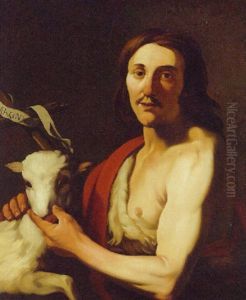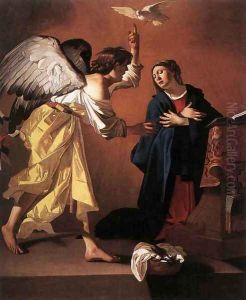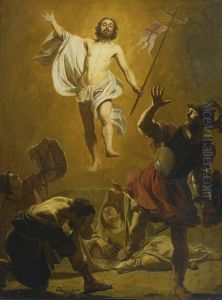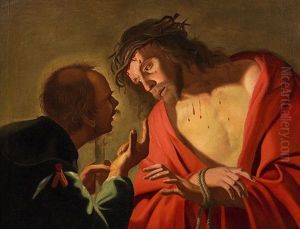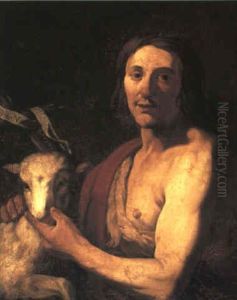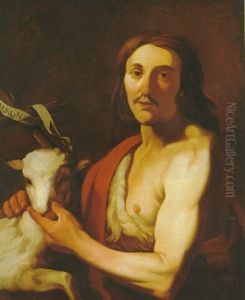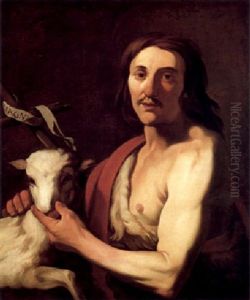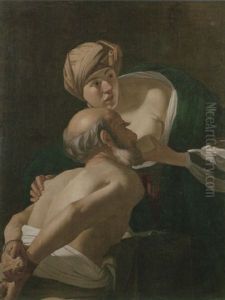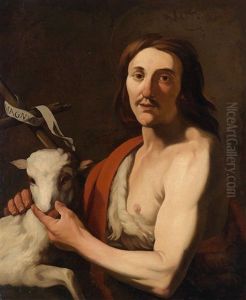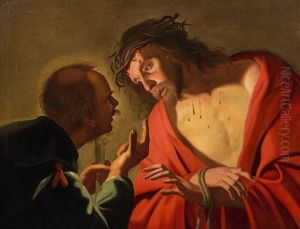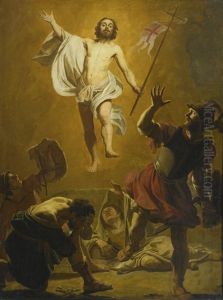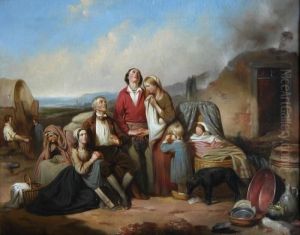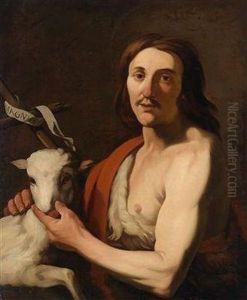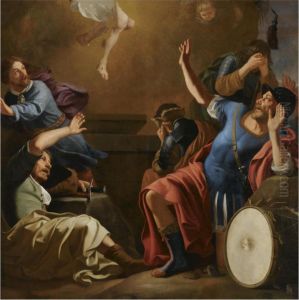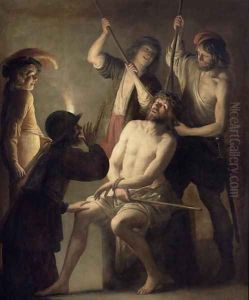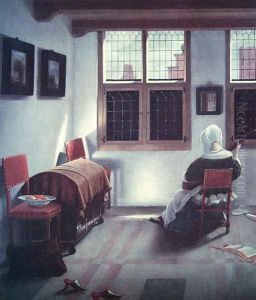Jan Janssens Paintings
Jan Janssens was a Flemish Baroque painter born in Antwerp in 1590. He is sometimes confused with other artists of the same period and region with similar names, such as Jan Janssens the Younger or Jan Jansen. Janssens’ work primarily consists of religious subjects and portraits, and he is noted for his skilled use of chiaroscuro and the influence of the Italian masters on his painting style.
Janssens received his artistic training in the bustling artistic climate of Antwerp, which was a significant center for the arts in the 17th century. He became a master in the Antwerp Guild of Saint Luke in 1611, an important milestone for artists of the time. Despite the high quality of his work, Janssens did not achieve the same level of fame as some of his contemporaries, such as Peter Paul Rubens or Anthony van Dyck, which may be one reason why historical records about him are relatively scarce.
He spent most of his career in Antwerp, where he painted altarpieces for local churches, as well as private commissions. His style was deeply influenced by the Italian Baroque, and he is known to have produced works that demonstrate a strong sense of drama, a characteristic of Baroque art. The figures in his paintings often appear with a sense of movement and are rendered with a dramatic use of light and shadow.
Jan Janssens’ career spanned a turbulent period in European history, marked by the Thirty Years' War and significant social and religious changes. His art reflects the Catholic Church's Counter-Reformation efforts, which sought to inspire faith through the visual arts. Janssens’ ability to convey religious themes with emotional depth and his adeptness with the Baroque style aligned well with these objectives.
Jan Janssens died in Antwerp in 1650. While he may not be as widely recognized as some of his contemporaries, his work is appreciated by art historians and collectors for its craftsmanship and for providing insight into the Flemish interpretation of Baroque aesthetics. His paintings can be found in various museums and private collections, contributing to our understanding of the period's artistic achievements.
